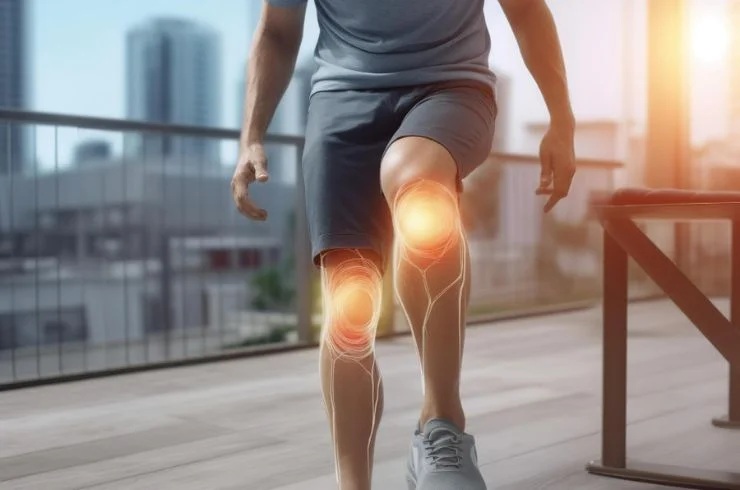Orthopaedic Trauma Treatment

Orthopaedic Trauma Treatment in Hyderabad
Orthopaedic trauma encompasses a range of conditions resulting from injuries, including fractures, dislocations, and severe soft tissue damage. Common traumatic injuries include:
- Femoral and Tibial Shaft Fractures
- Acetabular and Pelvic Fractures
- Hand and Upper Extremity Injuries
- Foot and Ankle Injuries
Proper diagnosis and treatment are essential to prevent long-term complications, such as chronic pain and restricted movement, particularly with shoulder injuries.
Nonsurgical Treatment Options
For certain fractures and dislocations—especially those related to the clavicle, scapula, humerus, wrist, hand, and foot—nonsurgical methods may be effective. Some common nonsurgical treatment options include:
- External Fixation:
- Utilizing splints, casts, braces, or other devices to stabilize fractures externally.
- Physical Therapy:
- Rehabilitation exercises to restore movement and strength.
- Pain Management:
- Medication to manage pain and inflammation.
Nonsurgical treatment is generally preferred for less severe fractures, allowing for recovery without the risks associated with surgery.
Surgical Treatment Options
When injuries are more severe or complex, surgical intervention may be necessary. Surgical options can include:
- Internal Fixation:
- Involves minor surgery to insert pins, screws, plates, or wires to stabilize the fractured bone internally.
- Bone Grafting:
- Used to promote healing by adding bone tissue to the affected area.
- Limb Lengthening:
- Surgical procedures to correct limb length discrepancies.
- Complex Reconstruction:
- More involved surgical techniques to restore function and anatomy.
Recovery Process
The recovery timeline for orthopaedic trauma varies based on several factors, including:
- Type and Severity of the Injury:
- Simple fractures may heal in as little as 3 weeks, while more complex fractures can take several months.
- Patient’s Overall Health:
- Factors such as age, nutrition, and pre-existing conditions can affect healing times.
- Rehabilitation Efforts:
- Adherence to physical therapy and rehabilitation can significantly influence recovery speed and quality.
While pain often subsides significantly before complete healing occurs, the complete recovery process can take considerable time, and in some cases, full healing may not be achieved.
Services
- Ankle Pain Treatment
- Arthritis Pain Treatment
- Back Pain Treatment
- Cancer Pain Treatment
- Elbow Pain Treatment
- Fibromyalgia Treatment
- Foot Pain Treatment
- Headache & Migraine Treatment
- Hip Pain Treatment
- Joint Pain Treatment
- Knee Pain Treatment
- Lower Back Pain Treatment
- Middle Back Pain Treatment
- Neck Pain Treatment
- Nerve Pain(Neuropathic Pain) Treatment
- Orthopedic Trauma Treatment
- Osteoporosis Pain Treatment
- Shoulder Pain Treatment
- Slipped Disc Treatment
- Sports Injury Treatment
- Tailbone Pain Treatment
- Slipped Disc Treatment
- Trigeminal Neuralgia Treatment
- Upper Back Pain Treatment
- Vertebral Compression Fracture Treatment


